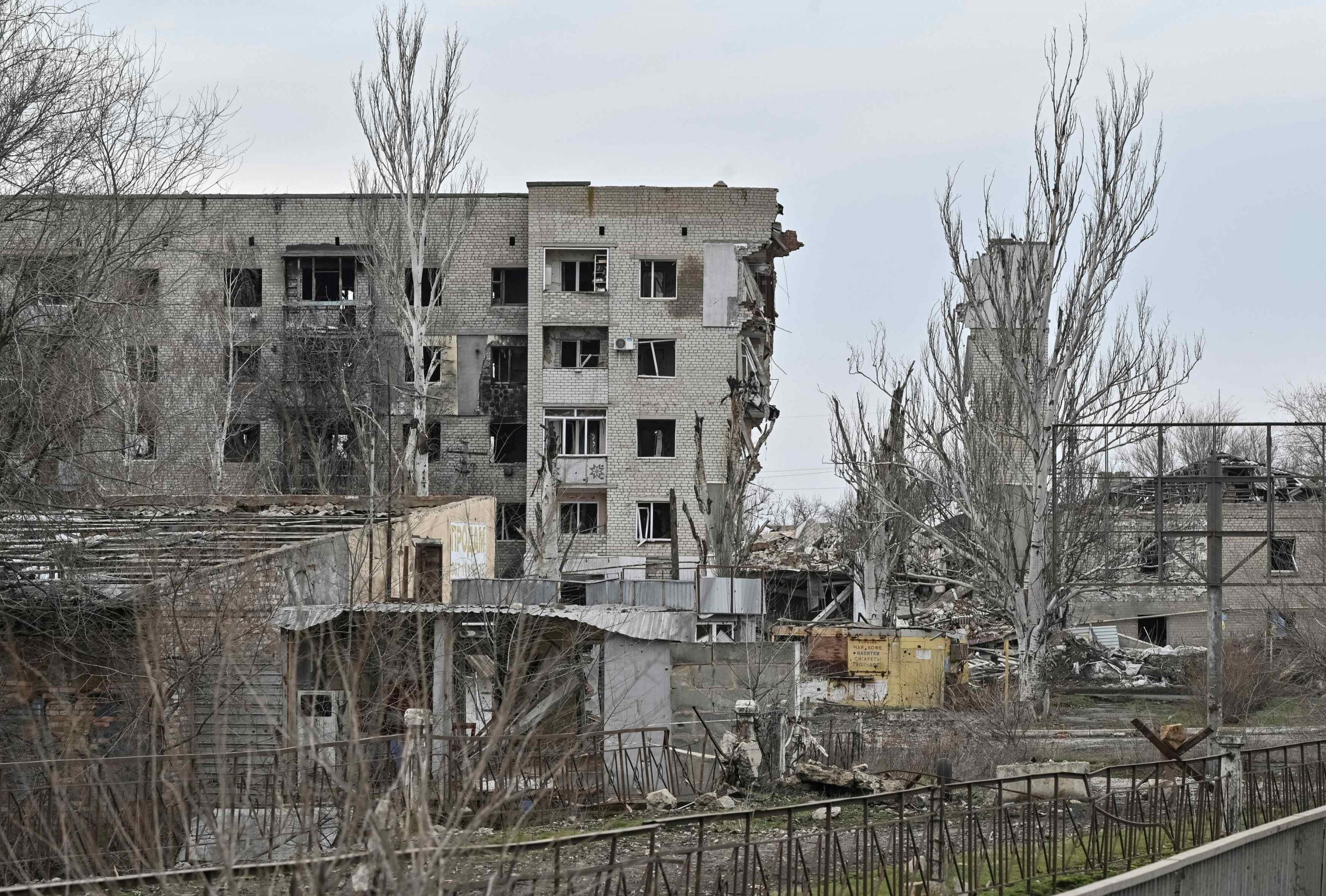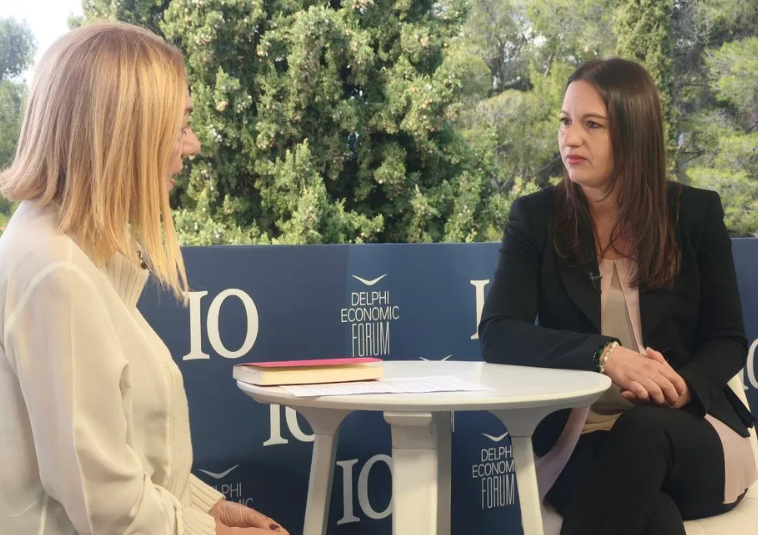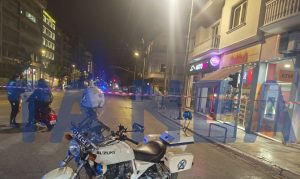The crude stick-figure diagram, sketched in blue ink, details how North Korean soldiers deployed to support Russia in the Ukraine war should respond to the approach of a Ukrainian drone. One soldier—referred to as “bait” in the drawing—should stand still to lure the drone so that a pair of comrades can attempt to shoot it down.
The grisly tactics were divulged in a diary taken off a slain North Korean soldier on Dec. 21, with passages containing mundane details of life at the front, descriptions of combat tactics and expressions of love for North Korean leader Kim Jong Un, according to excerpts recently made public by Ukraine’s special-operations forces. Independent experts say the diary entries appear genuine, with penmanship, word choice and expressions of ideological fervor all common in North Korea.
The young soldier who penned the passage about the drone died in a firefight alongside two other compatriots, according to Ukraine’s special forces.
“Even at the cost of my life, I will carry out the Supreme Commander’s orders without hesitation,” reads one entry from the diary. “I will show the world the bravery and sacrifice of Kim Jong Un’s special forces.”
The roughly 12,000 North Korean soldiers who arrived in Russia’s Kursk region last October were kept from the front lines for months, digging trenches and offering logistical support. Now they have been deployed into combat—and are being killed at a high rate as they fight another country’s war far away from home.
Neither Moscow nor Pyongyang has publicly confirmed the presence of North Korean soldiers in Russia, which came just months after the two countries signed a mutual defense pact in Pyongyang. Neither government responded to requests for comment.
Russia has deployed its own soldiers with little regard for their lives, sending waves of men to almost certain death to advance just yards, say Kyiv and Washington officials, as well as Ukrainian troops and captured Russian soldiers.
In their first weeks of combat, the North Korean soldiers have been deployed recklessly, according to Ukrainian special-forces drone footage and military experts. They cut across open fields on foot and without armored vehicles or artillery backup, their dark camouflage uniforms highly visible against the white snow. Their training and integration with Russian forces look inadequate.
The North Koreans are refusing to be captured, opting to kill themselves first. “Due to their ideological mindset and indoctrination, they simply lack the concept of surrendering,” said Col. Oleksandr Kindratenko , spokesman for Ukraine’s Special Operations Forces.
Some 4,000 North Koreans have died or been injured since last month, said Ukrainian President Volodymyr Zelensky on Thursday. U.S. officials say more than 1,000 North Koreans died in the last week of December alone.
The diary entries are likely motivated by North Korean military lore that celebrates the tale of a young hero from the 1950-53 Korean War. The soldier penned a letter expressing a willingness to give up his life for the motherland just moments before thrusting himself in front of an enemy machine gun.
“Letters expressing your loyalty to the regime are an attempt to leave a legacy that allows you to be glorified in case you die in battle,” said Ryu Seong-hyeon, a former North Korean soldier who defected in 2019.
‘Human waves’ tactics
The heavy North Korean losses come in Kursk, a region in southern Russia on the border with Ukraine. Kursk has been hotly contested ever since Ukraine seized roughly 100 Russian towns and villages there last summer. As the only Russian territory under Ukrainian control, Kursk is seen as a potential bargaining chip in any talks that would halt fighting.
Russia has taken back about half of the lost territory, according to the Institute for the Study of War, a Washington, D.C.-based think tank. But in recent days, Ukraine has kicked off a new counteroffensive in Kursk.
The early glimpses of the North Koreans in action depict them under duress, frightened or confused, according to a video compilation released by Ukraine’s military and verified by Storyful, which is owned by News Corp, the parent company of The Wall Street Journal.
In the compilation, clusters of North Korean troops cow in place or seek to outrun Ukrainian drones chasing them. They often lack any cover as they run across fields between trenches.
“These North Korean soldiers appear to be highly indoctrinated, pushing attacks even when it is clear that those attacks are futile,” said National Security Council spokesman John Kirby late last month.
About 30% of North Korea’s dispatched troops appear to have already been deployed for front-line fighting, with the rest undergoing training or waiting to be rotated in, according to Doo Jin-ho, a senior analyst at the Korea Institute for Defense Analyses in Seoul.
“The North Koreans are contributing so that the border isn’t breached and freeing up Russian soldiers to search for breakthroughs in other regions,” Doo said.
Zelensky has suggested that tens of thousands of North Korean soldiers could eventually be deployed to Russia. Last month, South Korea’s spy agency said it had spotted indications of a second deployment in the works.
‘Brainwashed North Korean’
The new North Korean arrivals might have been given fake IDs, issued Russian uniforms and taught a few basic Russian phrases, according to South Korea’s spy agency. Many of them looked barely out of their teens, relatively short and slightly built.
Little was known about the North Koreans’ activities in Kursk until recently , when Ukraine first started sharing details of their fighting losses. Letters and notes have been found on various fallen troops. In the past several weeks, Ukraine’s special-operations unit has uploaded five handwritten diary entries that it says are from the same North Korean soldier, which include the stick-figure diagram.
The author of the diary is named Jong Kyong Hong, according to the passport Ukrainian officials found. He and two fellow troops were killed in a shootout on Dec. 21 with Ukraine’s special-operations forces near the village of Pogrebki in the southwest tip of Kursk. They were also found with fake identification documents.
DNA tests by Ukrainian authorities on the three soldiers suggested they had East Asian origins—Chinese, Korean or Japanese, according to Kindratenko, the Ukrainian military spokesman.
The Korean-language handwriting in the diary is “distinctly North Korean,” down to different spellings for Russia than in the South, said Ryu, the former North Korean soldier.
The phrasing also appeared authentic. For instance, in describing the drone strike, the diary used the word “so-myol” as a translation for “destroy.” In South Korea, “so-myol” describes the extinction of an animal species.
On Dec. 9, Jong jotted down a celebration of a friend’s birthday, whom he called “my closest comrade.” He wrote that he longed for his homeland, having “left the warm embrace of my dear father and mother.”
In the description of the drone tactics—which was undated—Jong wrote that the soldier acting as a lure should maintain a distance of about 7 meters, or 23 feet, from the drone. Soldiers under artillery fire should run toward a previously hit location, since the odds of the same spot getting hit twice is minimal.
Elsewhere, Jong listed some ideological tenets of the Kim regime . He says he grew up in the “benevolent embrace” of the country’s ruling Workers’ Party and that his mission as a soldier is to protect Kim. He wrote that he needed to atone for unspecified sins of the past.
“The contents of the diary are typical of a brainwashed North Korean soldier,” said Bang Jong-kwan, a former South Korean army major general.
In a different entry, Jong had penned the words from a speech that Kim gave to battalion commanders last November in Pyongyang. That speech may have been conveyed to front-line troops by the North Korean commanders, experts say.
Soldiers like Jong are required to memorize Kim’s speeches word by word. The diary passage quotes Kim’s goal for the North Korean army of “engaging in battle immediately” after receiving an order.
Based on the wording found in the North Korean state media report of Kim’s speech, it appears that Jong had it memorized verbatim.



